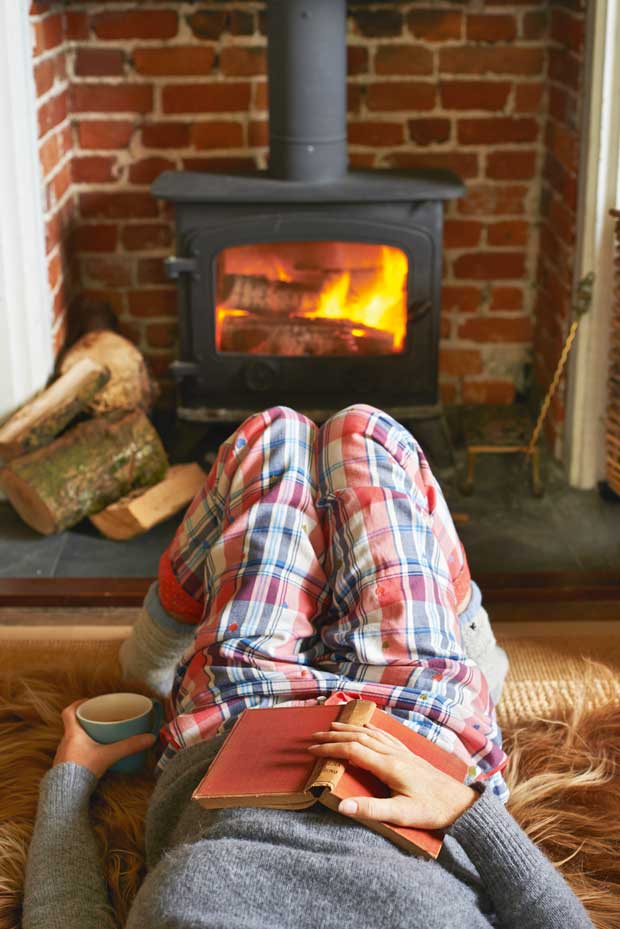6 signs your chimney is unwell
When was the last time you had your chimney cleaned? If you can’t remember, it’s time to clean it, even if it has been a while since you last lit a fire.
Words: Nadene Hall
1 ARE THERE SIGNS OF STRAW FEATHERS OF OTHER NESTING MATERIAL IN YOUR FIREBOX OR AROUND THE CHIMNEY? Can you often hear sounds of flapping and scratching? Birds often try to nest in the top of chimneys, blocking them with flammable debris. It’s important to get it cleared and to have some kind of protective top that stops birds getting in but allows smoke to get out.
2 IS THERE SMOKE COMING OUR OF YOUR FIREPLACE INTO THE ROOM WHEN YOU OPEN THE DOOR TO ADD MORE WOOD?
This can be a sign the flue is blocked and causing the gases inside to be pushed back out into your home.
3 IS YOUR WOOD BURNER SLOW TO HEAT UP OR NOT HEATING AT ALL?
This can be a sign of a partial blockage, again often caused by debris interrupting the air flow up your flue.
4 IS THERE A SMELL OF SMOKE FROM YOUR BURNER WHEN IT’S NOT LIT?
Creosote is created by smoke condensing with water. It is caused by inefficient burning of firewood, usually because:
• it is too wet;
• you are using softwoods as your main wood source;
• you aren’t creating the conditions required for efficient burning.
Creosote starts off as flakes but as it builds up it becomes like sticky tar, and smells of smoke and/or (to some people) hot road tar. Over time it builds up inside the flue and sticks to it, making it difficult to remove. It is also highly flammable and a build-up will eventually catch fire. Creosote is a leading cause of chimney fires, at best meaning replacement of the flue, at worst causing significant damage to your home.
5 CAN YOU HEAR STRANGE NOISES?
Chimney fires can present differently depending on the cause, but if you hear loud cracking or popping sounds or roaring (like a train or plane), sometimes combined with very dense smoke and an intense burning smell, it is a sign you may have a chimney fire.
6 IS THERE BLACK FLAKY MATERIAL DROPPING DOWN INTO YOUR FIREPLACE?
Soot and creosote build-ups can fall back down into your firebox. If you see it, it’s important to get your flue swept.
Chimney fires can be very destructive, spreading into ceilings and walls, causing extensive damage. They may be well involved in fire before you can smell smoke or see any flames.
2 TIPS FOR PREVENTING FIREPLACE AND CHIMNEY FIRES
• have your fireplace and chimney inspected for deterioration;
• have the flue swept annually to clear out any debris and build-ups of creosote, soot and ash.
It costs around $50-$80 to have a professional sweep your flue, if it’s one that can be swept from inside your house. It will cost a lot more if it’s a design that can only be swept from the top of the chimney down. Health and safety rules mean chimney sweeps have strict requirements for extra equipment if they must access a roof, creating more cost.
Registered chimney sweeps undergo special training and will give you a signed certificate each time they clean it. This will be important paperwork for insurance purposes if you ever have a fire. This is also why it’s better to invest in a professional sweep rather than doing it yourself.


